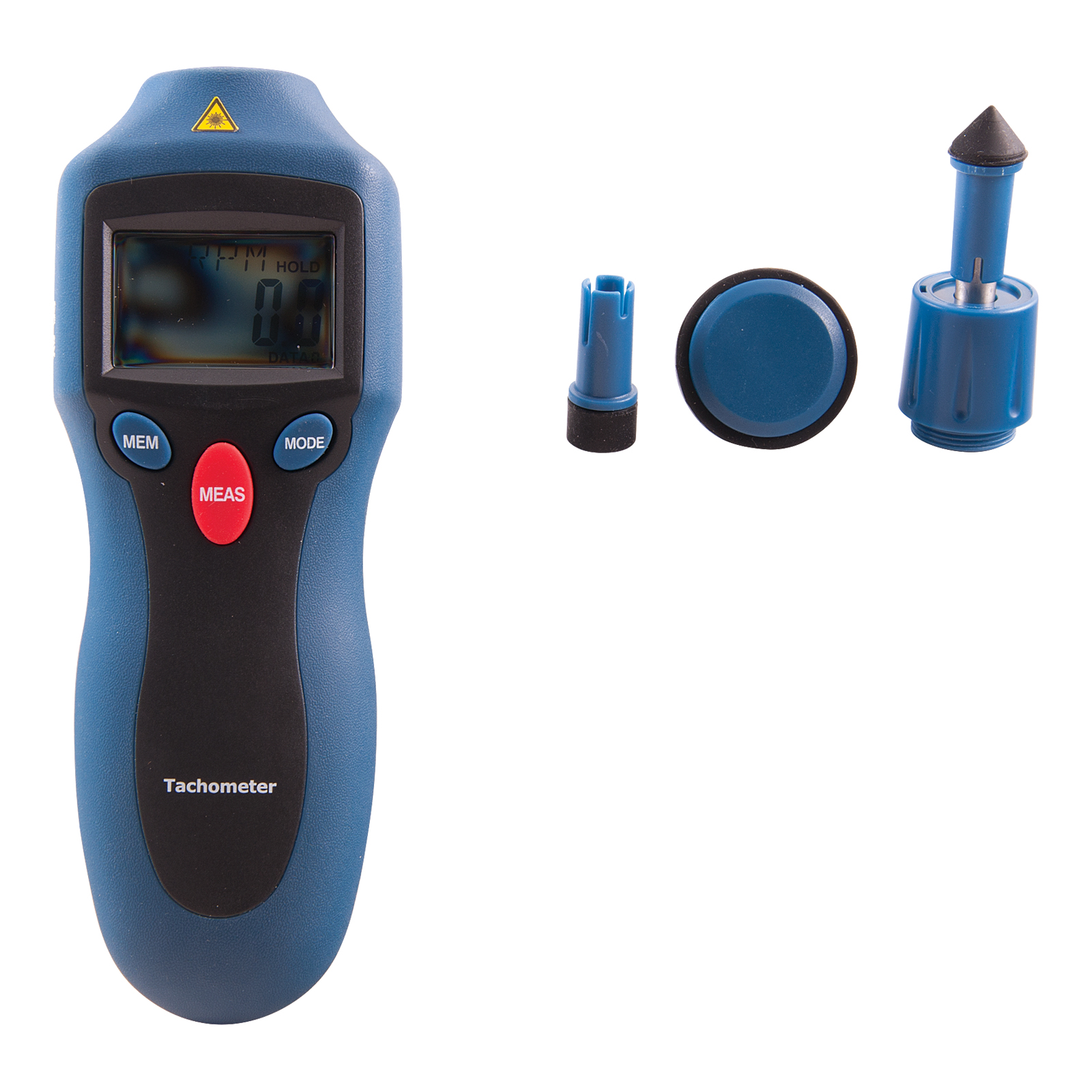Discover Just How a Tachometer Can Enhance Your Vehicle's Performance
Discover Just How a Tachometer Can Enhance Your Vehicle's Performance
Blog Article
The Importance of a Tachometer in Keeping Track Of Engine Rate and Performance in Automotive Applications
In the realm of automobile engineering, the tachometer stands as a pivotal instrument in the driver's toolbox, providing a direct window into the inner functions of a vehicle's engine. Past its feature as a simple gauge of transformations per min (RPM), the tachometer serves as a vital device for enthusiasts and experts alike, supplying real-time understandings into engine efficiency and health.
Value of Keeping An Eye On Engine RPM
Checking engine RPM, or transformations per minute, is an important facet of vehicle maintenance and performance examination. Engine RPM straight associates with the rate at which the engine's crankshaft rotates, indicating how quickly the engine is running - tachometer. By monitoring RPM, mechanics can evaluate the health of the engine, find prospective problems, and fine-tune efficiency. An unusual RPM analysis may signify problems such as engine misfires, malfunctioning ignition system, or issues with the fuel distribution system. Constantly high RPM readings could show aggressive driving habits or the demand for a greater gear shift to boost fuel performance.
Moreover, monitoring engine RPM is essential for efficiency assessment in racing and high-performance lorries. Preserving optimal RPM degrees is critical for achieving peak power outcome and velocity. Racers typically make use of tachometers to guarantee they are running within the suitable RPM range for maximum performance. In summary, checking engine RPM is not just crucial for identifying issues yet likewise for maximizing engine efficiency in various automobile applications.

Advantages of Real-Time Information
In automotive applications, real-time data plays a vital role in giving immediate understandings right into the performance and condition of the automobile. By continuously keeping track of various specifications such as engine rate, temperature, fuel consumption, and a lot more, real-time data uses many benefits that add to enhanced effectiveness and security when driving.
One substantial benefit of real-time information is its ability to sharp vehicle drivers and service technicians to any type of abnormalities or concerns immediately. This positive technique enables quick identification of prospective issues, permitting prompt interventions to avoid additional damage or malfunctions. In addition, real-time information promotes efficiency optimization by giving instant responses on driving practices and engine efficiency. Chauffeurs can readjust their behavior in real-time based upon this information to attain better gas economy and prolong the life-span of their vehicle.

Furthermore, real-time data plays an essential role in contemporary vehicle diagnostics, enabling specialists to swiftly identify and attend to breakdowns. This leads to minimized get more downtime, reduced maintenance prices, and inevitably, improved general automobile reliability and durability (tachometer). By utilizing the power of real-time information, automotive stakeholders can make informed choices that favorably affect both the efficiency and long life of the automobile
Influence On Gear Shifts
Reliable gear changes in auto applications significantly affect general efficiency and driving experience. The tachometer plays a crucial function in optimizing equipment changes by offering real-time engine rate data to the vehicle driver. When coming close to the redline on the tachometer, it indicates the vehicle driver to upshift to stop over-revving the engine and creating possible damages. On the various other hand, downshifting at the appropriate minute can aid maintain the engine in its power band, making sure receptive velocity when needed.
In addition, the tachometer aids in accomplishing smoother equipment transitions, particularly in manual transmissions. By keeping an eye on engine rate, motorists can perform equipment changes at the optimal RPM range, decreasing snagging motions and decreasing endure the transmission elements. This precision in gear changes not just improves driving comfort but additionally adds to fuel performance.
Enhancing Gas Efficiency
Given the critical function the tachometer plays in optimizing equipment changes for efficiency and engine wellness, it straight adds to maximizing gas performance in automotive applications. By providing real-time responses on engine speed, the tachometer assists chauffeurs in keeping one of the most effective RPM variety for fuel economic read review situation. When chauffeurs consistently keep an eye on the tachometer and adjust their motoring behaviors as necessary, they can stay clear of unneeded fuel usage triggered by over-revving or carrying the engine.
Furthermore, the tachometer aids drivers identify the most fuel-efficient gear to be in at any type of provided minute, preventing the engine from working more challenging than required. In conclusion, the tachometer serves as a useful tool in improving fuel effectiveness by advertising optimum driving practices and identifying areas for improvement in the vehicle's efficiency.

Optimizing Engine Longevity
The tachometer's role in keeping track of engine rate and performance is critical in ensuring the long life of automobile engines. Keeping Recommended Reading track of the tachometer allows vehicle drivers to remain within the advised RPM array for their automobile, preventing unnecessary strain on the engine and expanding its life-span.

Conclusion
To conclude, the tachometer plays a critical role in keeping an eye on engine rate and performance in automotive applications. By offering real-time information on RPM, it allows for effective gear changes, enhanced gas efficiency, and taken full advantage of engine longevity. This tool is essential for preserving optimal engine performance and making certain the overall capability of a car.
Report this page